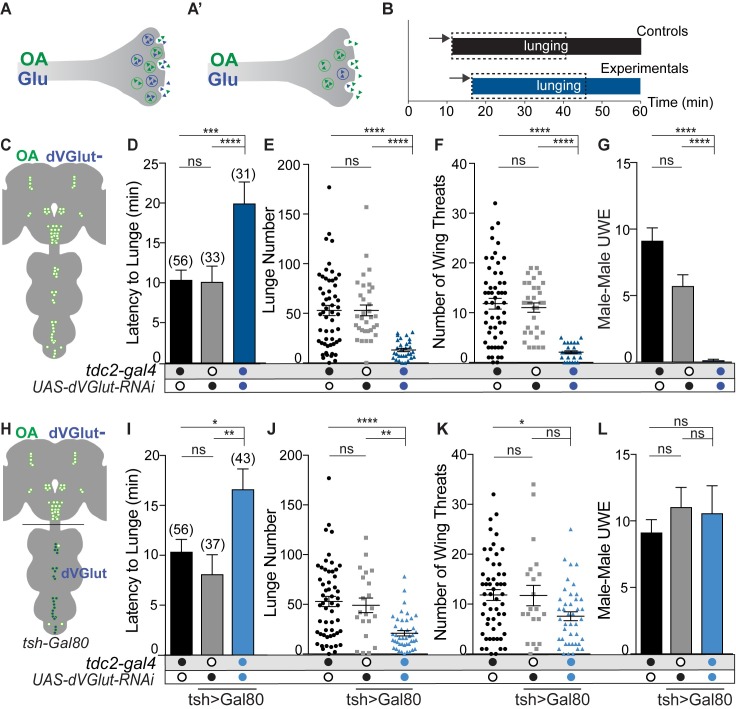Fig 2. Male aggression requires dVGLUT function in OGNs.
(A) dVGLUT reduction in OGNs through RNAi. (B) Behaviors for control and experimental male pairs were scored for thirty minutes beginning with the first lunge. (C) Schematic illustrating the brain and VNS OGNs. (D) Latency to lunge increased in tdc2>dVGlut-RNAi males (all statistical tests are Kruskal-Wallis with Dunn’s multiple comparisons test, (*p<0.05, **p<0.01, ***p<0.001, ****p<0.0001). (E) tdc2>dVGlut-RNAi males displayed a decrease in the average number of lunges. (F) Wing threats were reduced in tdc2-dVGlut-RNAi males. (G) tdc2-dVGlut-RNAi males did not exhibit inter-male courtship (unilateral wing extensions = UWE). (H) Schematic illustrating the addition of tsh>Gal80 limits dVGLUT reduction to brain OGNs. (I) Latency to lunge by tdc2-gal4/tsh>Gal80;UAS-dVGlut-RNAi males is significantly longer than controls. (J) Lunge number by tdc2-gal4/tsh>Gal80;UAS-dVGlut-RNAi males decreases as compared to controls. (K) Wing threat number was rescued to UAS-dVGlut-RNAi control levels. (L) Male-male UWE was rescued to control levels. N values for each genotype, panels D, I. Error bars denote s.e.m.

